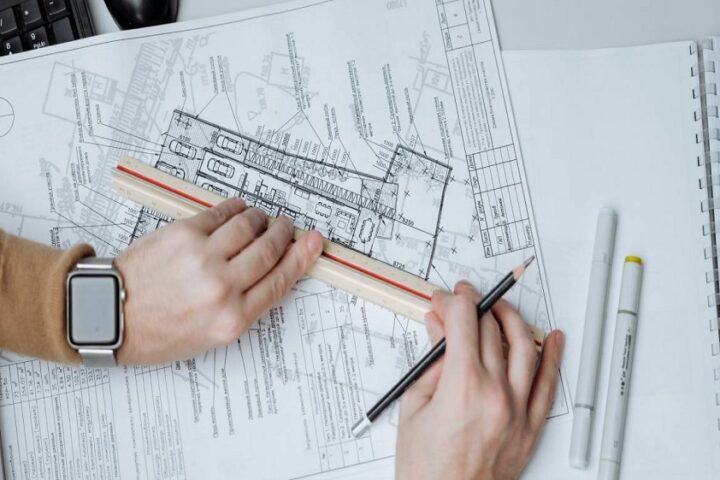Balcony failures in recent years have prompted increased attention within the construction industry. Upcoming changes to the National Construction Code (NCC 2025) aim to improve structural safety standards, particularly around external decks. At the same time, poor waterproofing practices—especially around tiled finishes—continue to contribute to premature failures. This article explores common balcony risks, highlights what’s changing in NCC 2025, and explains why extra care in membrane clearance and detailing is essential for long-term durability.
Understanding Balcony Failures
One of the most common causes of balcony failure is poor waterproofing. In many cases, waterproofing membranes are placed too close to the tile surface or not detailed properly at junctions. When water penetrates tile joints, it can seep into the structure below, accelerating corrosion and structural decay. Even minor moisture ingress can worsen over time, especially with thermal movement or expansion under load. Reports of corrosion around fixings and substructure components—particularly in high-moisture or coastal environments—show the importance of well-planned detailing. Engaging qualified professionals for design checks and regular inspections can reduce the risk of long-term damage.
What NCC 2025 Means for Balcony Loads
The NCC 2025 draft introduces changes aimed at improving the performance and safety of balconies and external platforms. Among the expected updates are increases to load assumptions used in structural design. These revisions aim to better account for everyday use, such as gathering spaces, planters, and balustrade fixings. While the NCC 2025 has not yet been formally adopted, design professionals are already preparing for the changes, which reflect updated expectations in both live and dead loading scenarios.
Builders and engineers should stay alert to updates once the code is finalised. Consulting with a qualified structural engineer early in the design process helps ensure compliance not only with current codes, but also with likely future standards, especially for projects expected to complete after the transition period.
Why Membrane Clearance Still Matters
A key contributor to balcony deterioration is the pressure placed on waterproofing membranes by wet screed and adhesive layers. Without sufficient clearance between the membrane and the tile finish, moisture can become trapped—leading to blistering, delamination, and eventual failure.
While previous best practices suggested modest gaps, upcoming changes and evolving industry guidance indicate that more generous clearance may be beneficial. This space allows for better drainage, reduced capillary action, and improved airflow under the tile surface. Including drainage mats or ventilation layers within the build-up can further assist in managing moisture. Proper attention to these details significantly improves membrane longevity and overall balcony performance.
Practical Measures for Designers and Builders
Good design begins with collaboration. By involving structural engineers early in the process, designers and builders can ensure critical details—such as membrane terminations, load allowances, and drainage paths—are integrated correctly from the outset. Choosing products (membranes, adhesives, tiles) that have been tested under dynamic conditions also strengthens long-term performance.
Site supervision is equally important. During installation, ensure trades adhere to recommended clearances and product specifications. For cantilevered balconies or those carrying additional weight (like planters or screens), structural review becomes essential to validate load capacity.
Inspections and Ongoing Maintenance
Even the best-designed balcony can deteriorate without routine maintenance. Regular inspections help detect early signs of wear or water ingress before significant damage occurs. A professional structural inspection every few years can identify potential issues, including grout deterioration, joint movement, or membrane exposure. These insights allow for preventative maintenance like resealing joints or redirecting drainage paths.
If problems arise, prompt repairs can prevent escalation. Water testing and diagnostic tools like thermal imaging can assist in tracing leaks or moisture build-up. Documenting maintenance and repair history also supports warranty claims and property resale value. Property owners may even consider proactive maintenance plans, especially in apartments or commercial spaces with high balcony usage.
By planning for the incoming NCC 2025 updates and adopting more robust detailing practices now, builders and designers can help prevent costly repairs later. Improved waterproofing clearance, updated load design, and routine inspections form a strong foundation for long-lasting balcony structures. As code changes move closer to implementation, early awareness and professional collaboration will be key to delivering safe, durable outdoor spaces for years to come.




